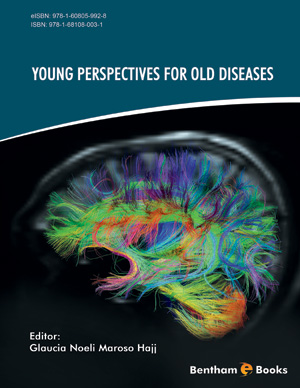Abstract
Huntington’s disease (HD) is an autosomal dominant neurodegenerative disorder caused by a polyglutamine expansion of the huntingtin protein (htt). The progressive neuronal cell loss that takes place in the caudate-putamen and neocortical regions of HD patients leads to motor, cognitive, and psychiatric function deterioration, as well as inevitable death. Although the mutated htt is pointed as the cause of HD, it is still unknown how this mutation can promote neurodegeneration. Postmortem analyses of HD patient’s brains demonstrate the presence of intracellular inclusions containing htt aggregates, which was associated to neuronal death. However, other studies suggest that inclusion formation can be neuroprotective by decreasing the levels of toxic soluble mutant htt. Moreover, many neurotransmitter systems, such as the glutamatergic, dopaminergic, endocannabinoid and trophic factor systems, are also involved in HD progression. For example, it has been demonstrated that the glutamatergic system plays an important role in the excitotoxic neuronal cell loss that takes place in HD. Despite the fact that it is clear that the main cause of HD symptoms is neuronal cell death, no therapeutic approach has yet been developed to rescue or avoid neurodegeneration. To solve this issue, a number of studies are now focusing on developing drugs that could prevent neuronal death, whereas others attempt to implement stem cells to rescue lost neurons. Both approaches have the potential to develop a disease modifying therapeutic strategy, bringing hope to HD patients.
Keywords: Apoptosis, BDNF, Ca2+, caspases, cell death, chorea, dopamine, dopamine receptors, endocannabinoids, glutamate, huntingtin, Huntington’s disease, mGluR5, mouse model, neurotransmission, NMDAR, protein aggregates, striatum, Δ9-THC, trophic factors.






















